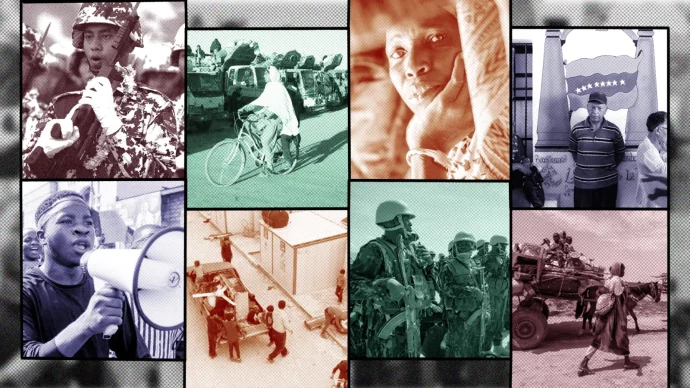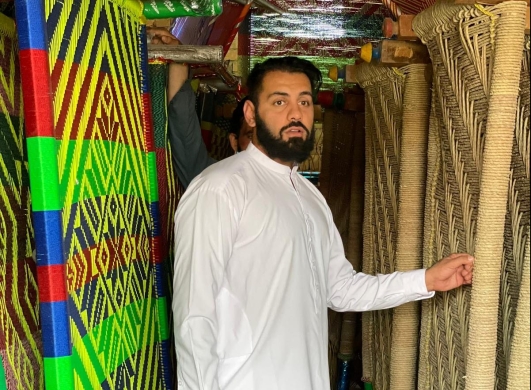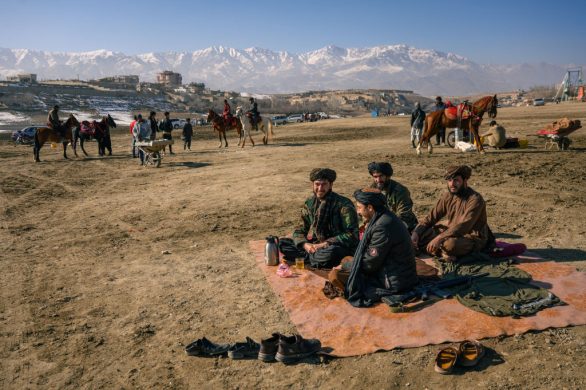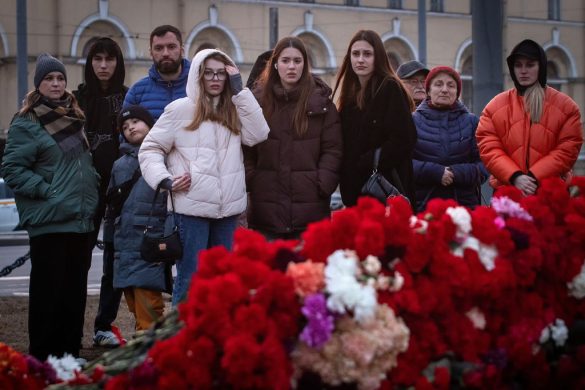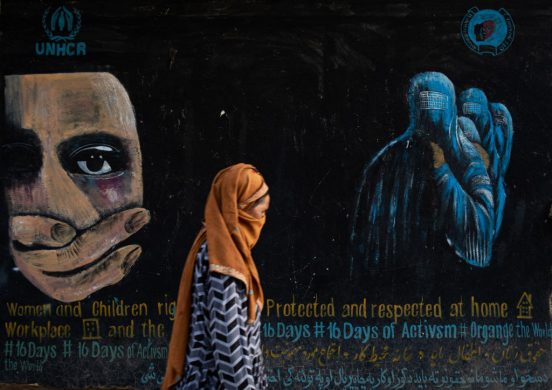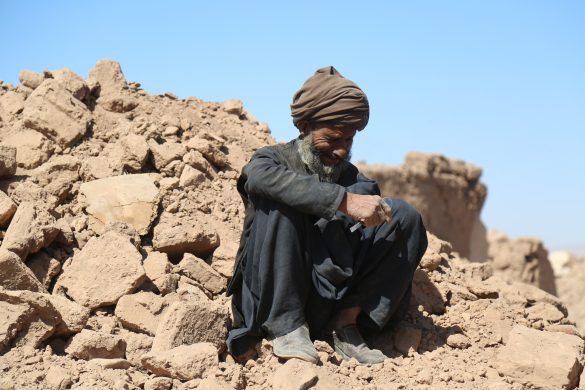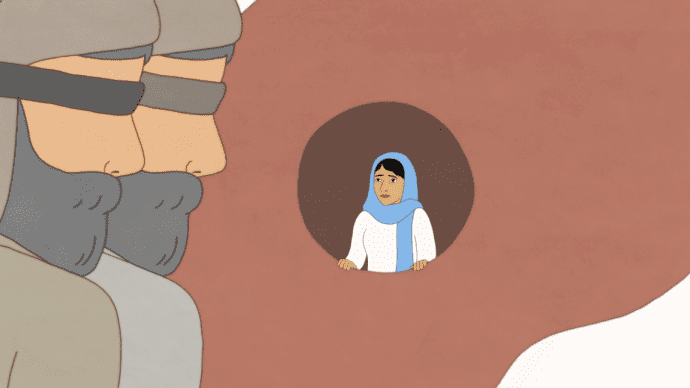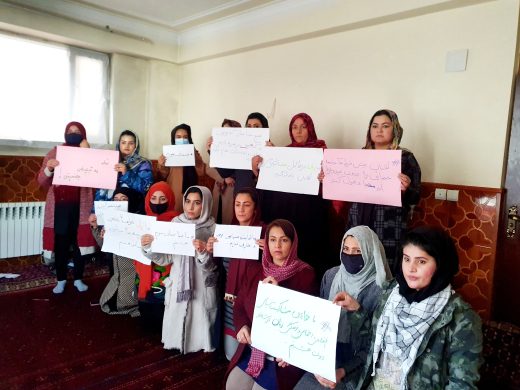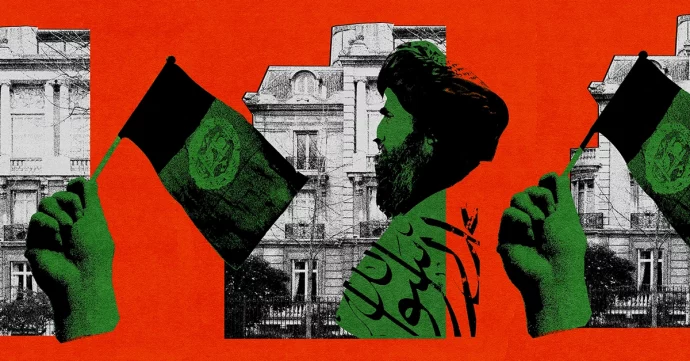Internal displacement in Afghanistan is rising steeply. The number of people who fled their homes to take refuge elsewhere in the country grew from 492,000 in 2012 to well over 1.5 million toward the end of 2016.
This is stated in a report, Going “home” to displacement Afghanistan’s returnee-IDPs, by Internal Displacement Monitoring Centre, Samuel Hall og Norsk Flygtningehjælp.
There were over 650,000 new conflict displacements in the country in 2016 alone. The security situation has deteriorated to such an extent that Afghanistan was reclassified as a country in active conflict in 2017.
For many Afghans, this heightens the risk of continued or new displacement.
The vast majority of Afghanistan’s internally displaced people (IDPs) are civilians whose lives have been uprooted by conflict and violence.
The survey presented in this case study puts the figure at 99 per cent, a sharp rise on the three-quarters of IDPs surveyed in 2012 who said they had been displaced by conflict, violence or persecution.
Over en halv million kom tilbage i 2017
Displaced people in Afghanistan also include refugees and undocumented migrants who return “to war instead of peace.” They are increasingly returned by force.
The UN Refugee Agency (UNHCR) reports that about 59,000 refugees were repatriated between January and 1 December 2017, and the UN Migration Agency (IOM) that as many as 474,000 undocumented Afghans returned from Pakistan and Iran between January and November.
This case study looks at the main challenges returnees in situations of internal displacement, known as returnee-IDPs, face in achieving durable solutions and examines how their protection and assistance needs differ from those of other IDPs. Based on quantitative surveys in five of Afghanistan’s 34 provinces, the research revealed three key findings:
- Contrary to expectations, many returnee-IDPs try to rebuild their lives in rural rather than urban areas. Over half of the sample of displaced people in rural environments were returnee-IDPs unable to return home, compared with 17 per cent in urban areas. Their location plays a significant role in determining their assistance and protection needs, particularly in terms of registration and access to housing, aid and health services.
- Obstacles to returnee-IDPs’ sustainable reintegration often overlap with those of other IDPs. Both groups struggle to secure safe and dignified housing or shelter, and to access documentation, education and other services, and both groups lack the information they need to make well-informed and dignified choices about their future.
- Three-quarters of returnee-IDPs unable to go back to their original homes because of insecurity would choose to try to restart their lives where they have settled by integrating locally, rather than risking a failed return to their place of origin.
Global and regional commitments to address large movements of refugees and migrants need to recognise that returnees and deportees unable to integrate sustainably in their place of origin or elsewhere effectively become IDPs. This reality demands a more integrated response to durable solutions as a measure to prevent future displacement.
Download hele rapporten Going “home” to displacement Afghanistan’s returnee-IDPs (PDF, 9 sider)





